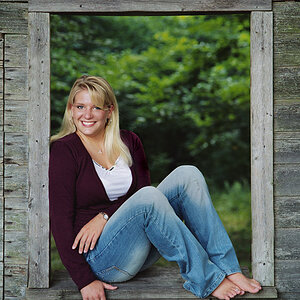How do you usually correct blown out skies? I know there are so many tutorials on youtube but I want to know which method you prefer the most. Which is the fatest, etc.
I mainly shoot weddings so HDR doesn't really work for me. People just move all the time...
I mainly shoot weddings so HDR doesn't really work for me. People just move all the time...




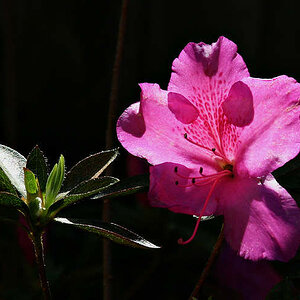
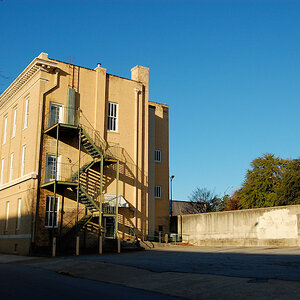
![[No title]](/data/xfmg/thumbnail/33/33491-46949ced4f9729f095cb48c6c61633db.jpg?1619736003)
![[No title]](/data/xfmg/thumbnail/36/36299-468f060314a0ac2bf5e37da1c33149d2.jpg?1619737493)
![[No title]](/data/xfmg/thumbnail/33/33489-cc76e5d22658c0f79ccb4ae9d307610d.jpg?1619736003)
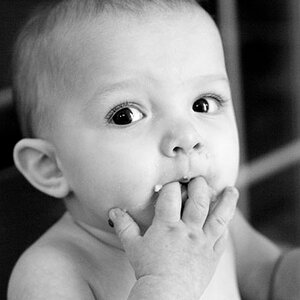
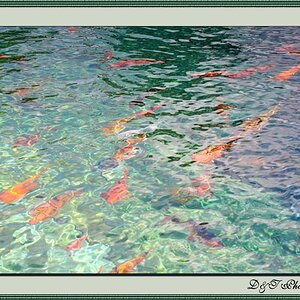
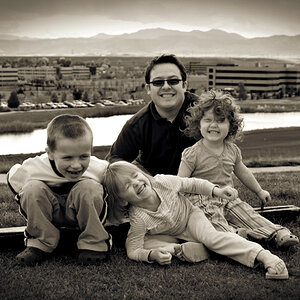
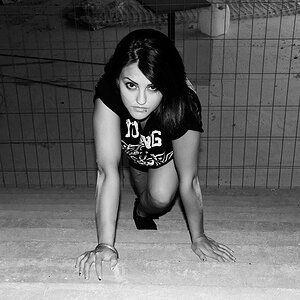
![[No title]](/data/xfmg/thumbnail/40/40356-883c642c8d24d2709b359f9c8b196fcf.jpg?1619739437)
